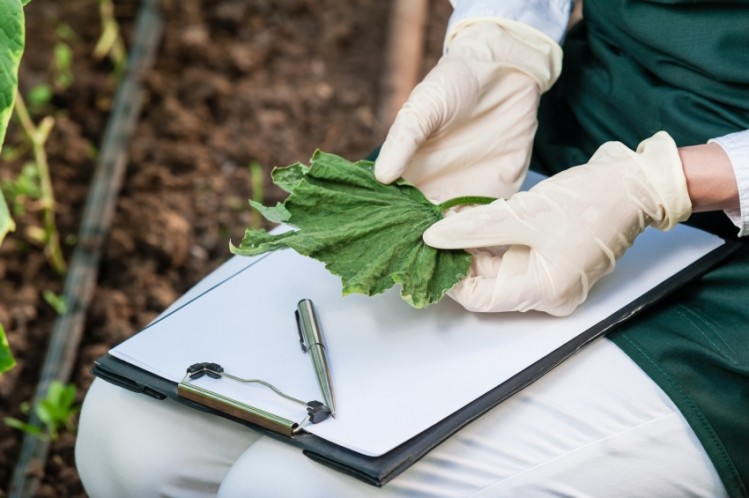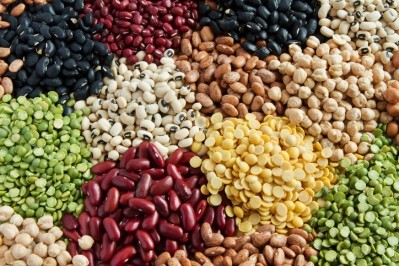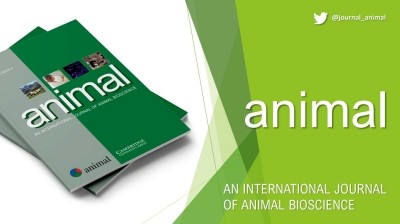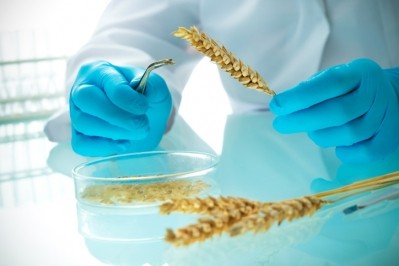Funding boost gets pulses racing at UK crop research hubs

The four recipients that will undertake the research are the John Innes Centre, Rothamsted Research, University of Warwick and University of York.
The funding will go towards their work on boosting productivity for pulses, wheat, rapeseed as well as leafy vegetables, as part of the UK government’s Department of Environment, Food and Rural Affairs (Defra) run Crop Genetic Improvement Networks (GINs).
The GINs were set up deliver genetic improvements to crops.
Professor Ian Bancroft, who heads up the agricultural research centre at the University of York, said the team wants to support industry in long-term, sustainable rapeseed production by leveraging local expertise in plant genetics to better understand specific crop traits; he said the GINs support such innovation.
Defra said the networks have already helped in terms of increased crop resistance to pests and diseases such as orange blossom midge and turnip mosaic virus as well as in developments around enhanced pea crops for use in animal feed to make them a viable protein rich alternative to soybean imports.
Professor Claire Domoney, the lead on that particular pea research project as well as other pulse crop work at the John Innes Centre, welcomed “this long-term funding commitment.”
“This funding (£1.3m for the John Innes Centre) will see the results of fundamental science developed into practical outcomes, ensuring farmers and growers are equipped with the tools they need to produce the most resilient pulse crops.”
Within the current Pulse Crop GIN, the John Innes Centre works with NIAB, the University of Reading, Aberystwyth University and the Processors and Growers Research Organization (PGRO).
On the pulse
Meanwhile, in terms of pulse cultivation developments in the UK, Roger Vickers, chief executive of the Processors and Growers Research Organization (PGRO) said, last month, that the latest data from Defra confirms that bean crop area has been increasing in England.
“Spring bean area has declined a little, but has been more than made up by a switch to winter bean cropping, which has risen by over 50% across the three year period. It also shows that average farm bean crop area has risen very slightly too. Whilst pea crop area and area per farm rose in 2016, the total fell by around 9,000ha in 2017. However, although grower numbers fell by approximately 10%, average area grown per farm remained much the same as in 2016. Total pulse crop area in England fell by 2,000ha in 2017 but remained almost 4,000ha ahead of the 2015 crop area at 249,405ha.
“Although later sowing is generally considered less than ideal, this year’s crops have been sown into plenty of moisture and rapidly warming soils. Emergence has been swift and the subsequent exposure to high light levels and relatively warm May temperatures has meant rapid development. At this stage the crops generally look good. We should all hope for favorable growing conditions to continue as market demand for pulses - especially beans - remains strong,” said Vickers at the end of last month.
A number of indicators also bode well for new UK pulse crop marketing opportunities, said the CEO of that trade group.
Recent currency movements and a weakening sterling mean that the environment for exporting is increasingly favorable, continued Vickers.
Australian stocks of beans are reported to be running down rapidly. A recent increase in their prices of US$50 per ton reflects decreasing availability following a smaller crop, he noted.
Reports of a poor start to the growing season in Canada, where they too had a very prolonged winter, suggest the potential for reduced pulse crop performance this year, said the PGRO executive. Baltic bean producers experienced a similar spring to the UK, although crop areas remain similar to last year and their stocks are empty, he added.
Feed market for beans
Franek Smith, president of the British Edible Pulses Association (BEPA), also reported, at the end of May, that regular bulk vessel exports for both human consumption and for feed beans continued in April with good demand, although trade of old crop produce was now limited in all UK-produced pulse crops.
Sellers are few although there are buyers in the feed market, he said. Recently, soybean meal has risen sharply and other mid protein product prices have increased too, making pulses appear relatively good value, according to Smith.
The lack of sellers and increased demand for UK beans has significantly tightened both domestic and export markets, he added.
However, the UK feed market for beans has continued to be firm, he said.
Support from compounders has maintained values at around £165/t ex-farm, depending upon location, and there may still be some small upside going into the summer. With other European sources having dried up, demand for feed exports remains real, with ability to supply restraining the UK trade, said Smith.













